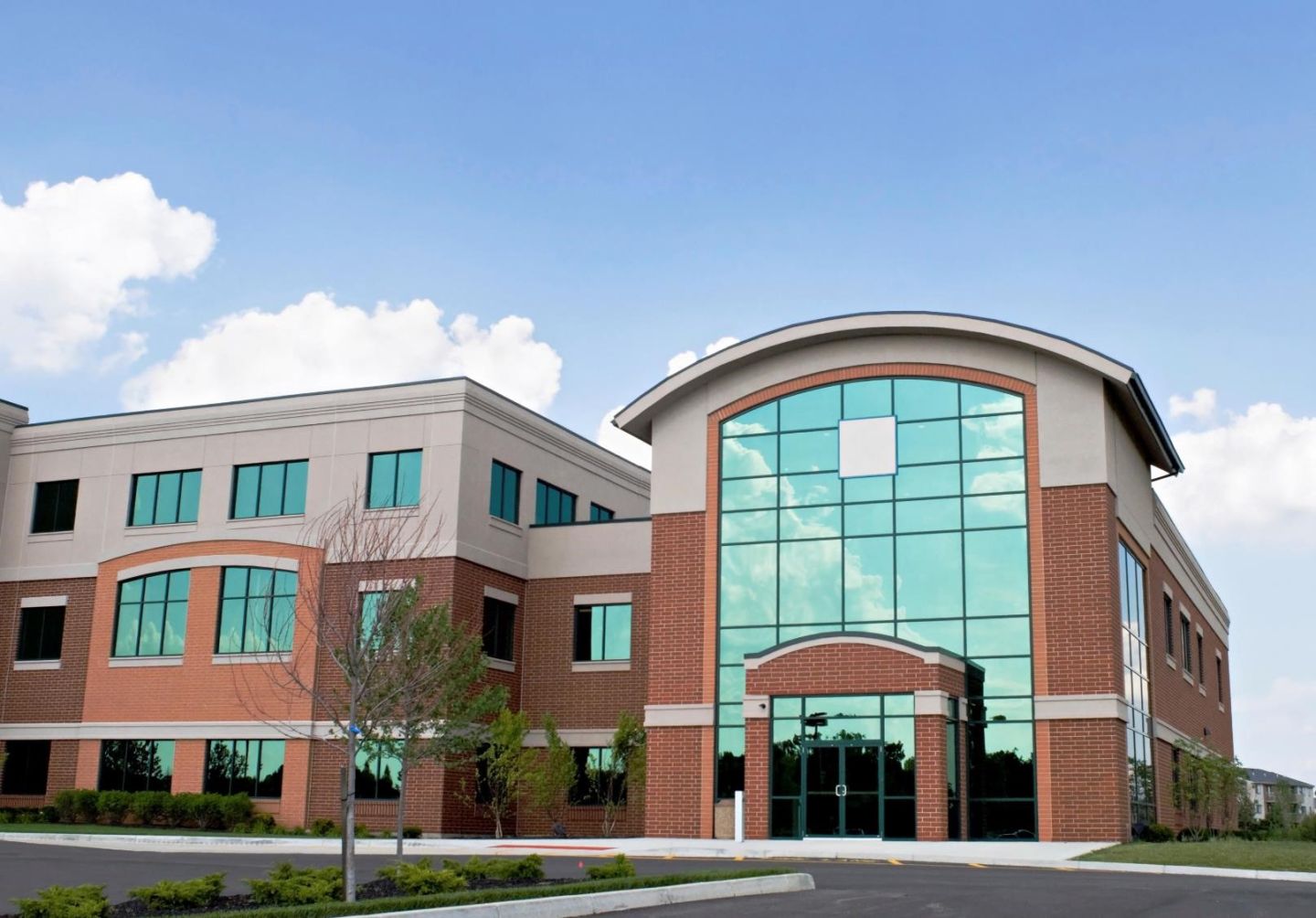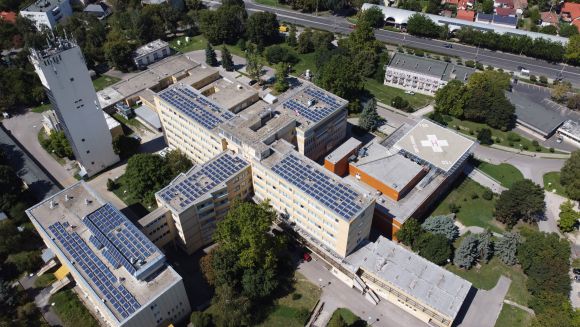One of the hot topics in the retail industry in recent decades has been developing statistical models for site selection. Some healthcare organizations have adopted this practice, but is it really needed?
Consider this: the rise of new convenient care options and a growing consumer mentality to healthcare means that “if you build it they will come” is no longer a guarantee for all types of healthcare facilities.
Why?
In the past, most patients relied on traditional health systems to access care, largely because other options did not exist. Healthcare providers could pick the real estate option that was best for them, typically on a hospital campus, and patients had no choice but to follow.
But today, consumers have a choice and can pick convenience over loyalty. In the minds of many consumers, why drive 20 minutes to get a flu shot when a retail-style clinic or urgent care clinic 5 minutes away can provide the same thing?
With the increasing number of competitors in today’s healthcare landscape, the rules of the game have changed. Taking note of competition and changes in consumer behavior is extremely important when evaluating new locations.
How a Site Selection Model Can Help
In today’s competitive healthcare environment, you need to be in locations that put you as close as possible to as many potential patients as possible, ensuring you are convenient and accessible when they need you. That’s what site selection models help you to determine. They look at your drive-time trade area and estimate how a patient’s value to you decays the farther away they are from your location. The models can also factor in elements such as competition, the effect of cannibalization of a new location on existing locations, and other variables that are shown to correlate with performance. The result is a score or forecast that helps you understand the potential of a site before making the investment.
Related: Understanding the 3 Primary Types of Healthcare Site Selection Models
While it is possible to do some of these calculations using simpler methods, site selection models offer some important benefits. First, they greatly increase efficiency when determining where to grow your footprint. Rather than spending hours gathering information on each potential site, you can use a site selection model that automatically draws from industry databases. Second, the models are designed by experts in statistical modeling and use complex calculations that are unrealistic to do manually. In short, the models provide better insights in less time.
To learn how Cooper University Health Care successfully used site selection models to expand their network, download our case study.


